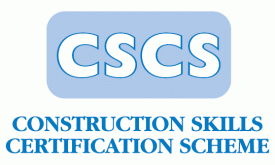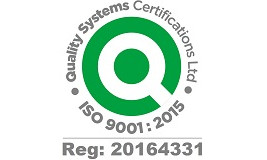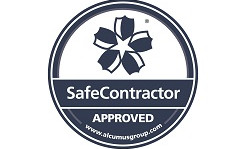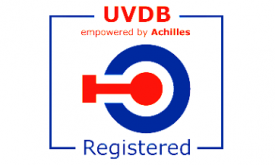Keeping your blower healthy
The blower is often the heart of a factory, pumping your materials for processing so that you can make products which are vital to consumers.
Given the current worldwide situation where staffing problems and transportation delays can cause supply chain issues, it’s more important than ever to make sure that your blower is in top condition; or at the very least sufficiently maintained in order to keep it running.
The key elements are: Lubrication, unrestricted airflow, correct drive connections and working safety features.
Lubrication
Type
Firstly, it is important to make sure that you are using the correct type of lubrication: you can find recommendations in your maintenance manual that was supplied with your machine. Or else, the manufacturer themselves will be able to tell you what you need. The type and viscosity will vary from customer to customer depending on the working conditions such as:
· Number of hours in service over a given length of time
· Inlet temperature of the gas (usually air) entering the blower
· Whether your system requires specialist lubrication such as food-grade.
Quantity
You want to make sure that the level of lubrication is correct: over fill the machine and this can cause leaks and overheating; too little and the parts will not be sufficiently lubricated and will fail prematurely.
If you would like to know how to check the oil level, refer to your user/maintenance manual, or else see our FAQ entry for guidance.
Unrestricted Airflow
This means that the blower can draw in air and expel it at the rate it was designed for without any hindrance. Situations which can cause the airflow to be restricted are:
Blocked Filter
A blocked filter will make it difficult for the blower to draw in air. The blower, rotating at a set speed and will try to draw in the volume of air it was designed to. If the filter is restricting this, overheating will occur as it cannot draw in enough cooling air. Remember to check your air filter for blockages and clean or replace it as necessary. Keep a spare filter on stock for a speedy change and to reduce down time.
Blockage in the line
A blockage in the line could be a faulty safety device, such as a non-return valve which does not open properly, a closed system valve or product which has settled in the line. Blowers do not compress air; however, they are designed to handle a certain measure of back-pressure caused by the product they are working against. If the backpressure exceeds that which it is designed to handle, this can cause over-pressurisation, overheating and possible seizure of the blower.
Correct drive connections
Blowers are driven by a motor of some form, either directly coupled or by a belt and pulley system.
Alignment and tension
Ensure the drive is correctly aligned to avoid uneven strain on the driving shaft. The tension of belts should be as per the belt manufacturer’s recommendations, too slack and the belts can slip and shed, too tight and it may cause excessive load on the drive shaft bearing, wear to the bearing and potentially cause the drive shaft to snap.
Operational Safety Features
Blower packages are usually installed with safety mechanisms to help protect it if there is an issue.
Inlet Filters
As mentioned previously, inlet filters should be clean and unblocked to allow the free movement of air into the blower. The should also be ‘in tact’ and not torn or damaged in such a way that would allow contaminants to pass through the blower.
Filter Restriction Monitoring
Many systems are fitted with a form of filter restriction indicator. Make sure this is functioning correctly so that you can tell if the filter is blocked without having to shut down the system. If you don’t have one fitted, consider installing one to make checks easier.
Relief Valves
Pressure relief valves: the set pressure protects the blower from over pressurising due to a blockage in the line (whether it be product, faulty equipment or by accident, such as a closed isolation valve). A Seized pressure relief valve gives no protection to the blower should an accidental overload occur. A Faulty pressure relief valve may allow air to escape from the system instead of going to ‘process’
Vacuum relief valves work in a similar manner; with the variation of letting air enter the inlet of the blower (or exhauster as they are referred to on a vacuum system) to avoid excessive vacuum.
Non-Return Valves
Non-return valves (NRV) prevent product from entering the blower causing it to seize. A non-return valve should be fitted in systems to protect the blower. Faulty non-return valves could lead to product entering the blower or the blower ‘freewheeling’ in the wrong direction. If the blower is started suddenly, this puts strain on the shaft which could lead to failure.
Unloading Valves
Unloading valves are normally found on wastewater treatment plants. They allow the blower to achieve full operational speed, rather than starting up immediately and ‘hitting’ a full head of water. Make sure you unloading valve is fully functional to avoid shock-loading your blower, potentially causing mechanical failure.
Above all else, make sure you know your blower’s capabilities and always follow the manufacturer’s instructions.
Questions?
There is also a troubleshooting page on our website detailing the cause and remedy of some common problems, along with entries in our FAQ page.
If you have any further questions or would like to enquire about
spare machines or parts, please feel free to contact us. We have years of experience
with a highly trained team and we are happy to help in what way we can.
Take care, from all of us at S and A Engineering
Services Ltd



